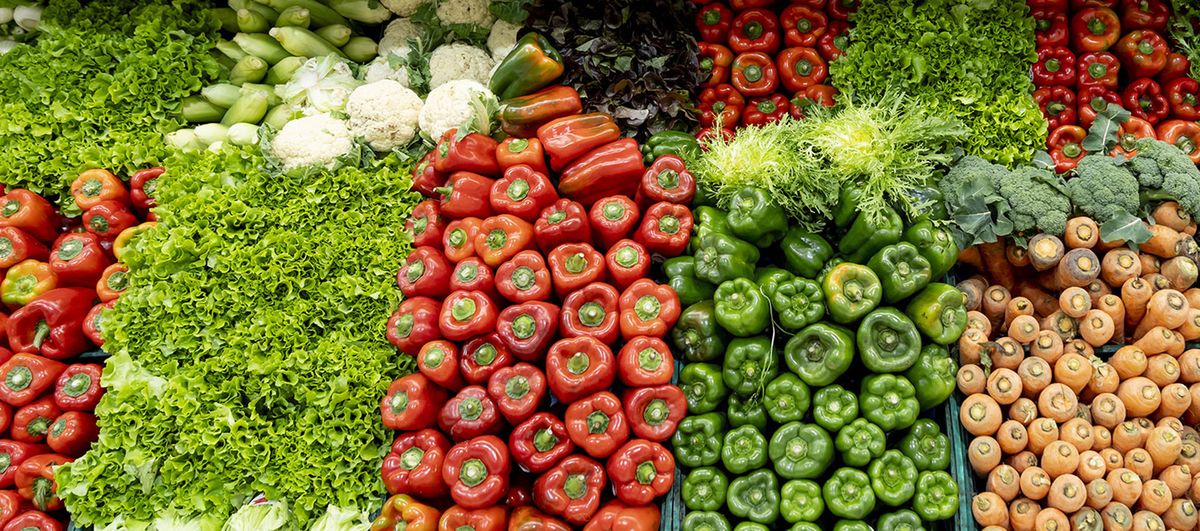Organic Food Approval, Uncategorized
Organic food approval
Courtesy: Organic food approval
In third party certification, the farm or the processing of the agriculture produce is certified in accordance with national or international organic standards by an accredited organic certification agency. To certify a farm, the farmer is typically required to engage in a number of new activities, in addition to normal farming operations:
- Study the organic standards, which cover in specific detail what is and is not allowed for every aspect of farming, including storage, transport and sale.
- Compliance — farm facilities and production methods must comply with the standards, which may involve modifying facilities, sourcing and changing suppliers, etc.
- Documentation — extensive paperwork is required, detailing farm history and current set-up, and usually including results of soil and water tests.
- Planning — a written annual production plan must be submitted, detailing everything from seed to sale: seed sources, field and crop locations, fertilization and pest control activities, harvest methods, storage locations, etc.
- Inspection — annual on-farm inspections are required, with a physical tour, examination of records, and an oral interview. The vast majority of the inspections are pre-scheduled visits.
- Fee — an annual inspection/certification fee (currently starting at $400–$2,000/year, in the US and Canada, depending on the agency and the size of the operation). There are financial assistance programs for qualifying certified operations.
- Record-keeping — written, day-to-day farming and marketing records, covering all activities, must be available for inspection at any time.

In addition, short-notice or surprise inspections can be made, and specific tests (e.g. soil, water, plant tissue) may be requested.
For first-time farm certification, the soil must meet basic requirements of being free from use of prohibited substances (synthetic chemicals, etc.) for a number of years. A conventional farm must adhere to organic standards for this period, often two to three years. This is known as being in transition. Transitional crops are not considered fully organic.
Certification for operations other than farms follows a similar process. The focus is on the quality of ingredients and other inputs, and processing and handling conditions. A transport company would be required to detail the use and maintenance of its vehicles, storage facilities, containers, and so forth. A restaurant would have its premises inspected and its suppliers verified as certified organic.
Participatory Guarantee Systems (PGS) represent an alternative to third party certification, especially adapted to local markets and short supply chains. They can also complement third party certification with a private label that brings additional guarantees and transparency. PGS enable the direct participation of producers, consumers and other stakeholders in:
- the choice and definition of the standards
- the development and implementation of certification procedures
- the certification decisions
Participatory Guarantee Systems are also referred to as “participatory certification”.
Alternative certification options
The word organic is central to the certification (and organic food marketing) process, and this is also questioned by some. Where organic laws exist, producers cannot use the term legally without certification. To bypass this legal requirement for certification, various alternative certification approaches, using currently undefined terms like “authentic” and “natural”, are emerging. In the US, motivated by the cost and legal requirements of certification (as of Oct. 2002), the private farmer-to-farmer association, Certified Naturally Grown, offers a “non-profit alternative eco-labelling program for small farms that grow using USDA Organic methods but are not a part of the USDA Certified Organic program.”
In the UK, the interests of smaller-scale growers who use “natural” growing methods are represented by the Wholesome Food Association, which issues a symbol based largely on trust and peer-to-peer inspection.

